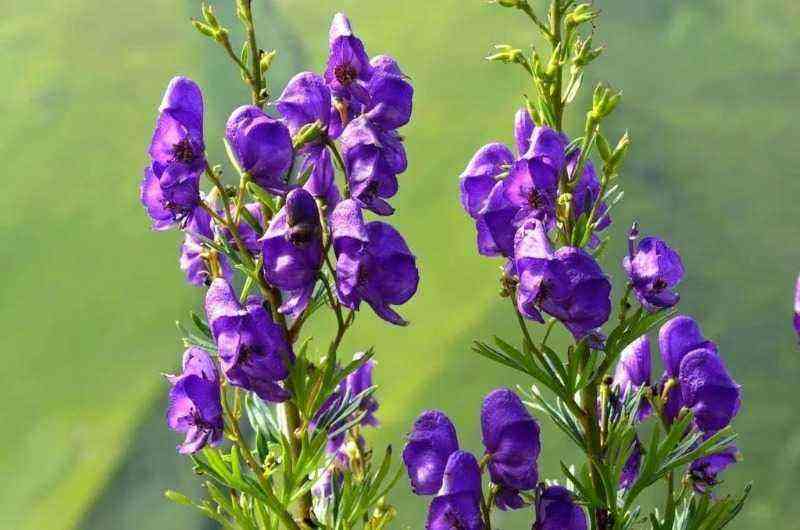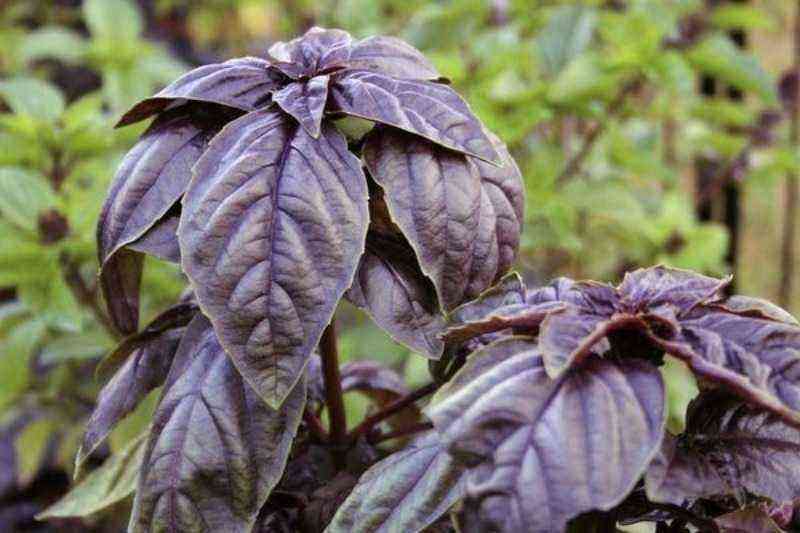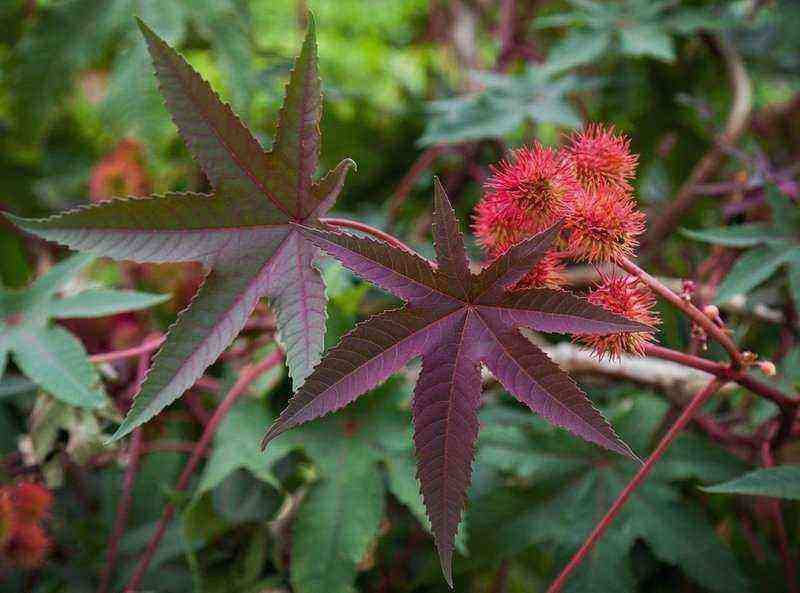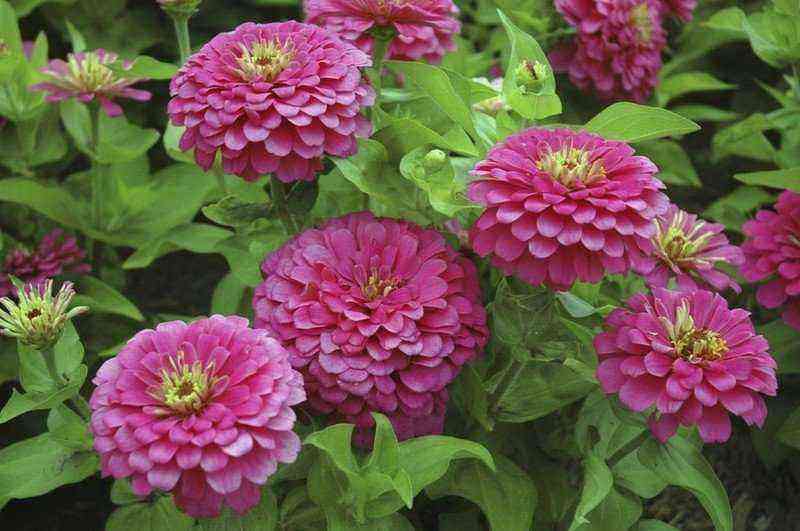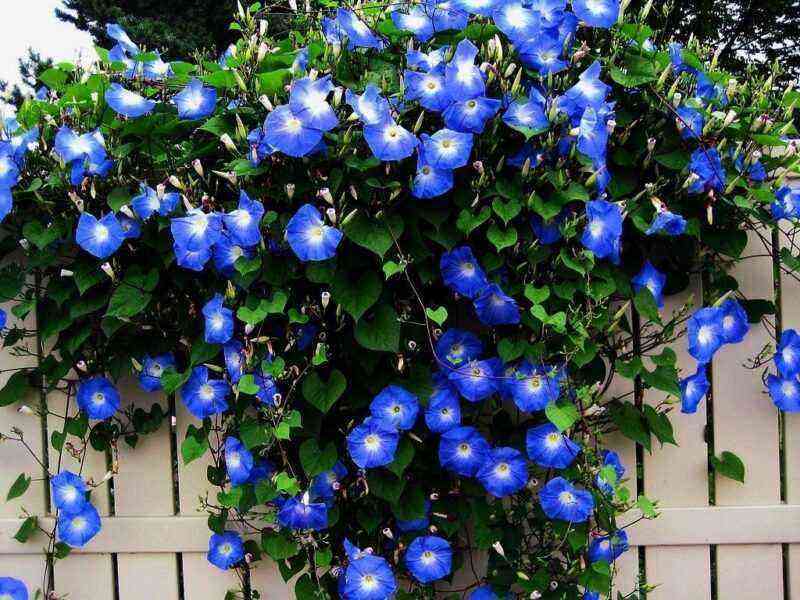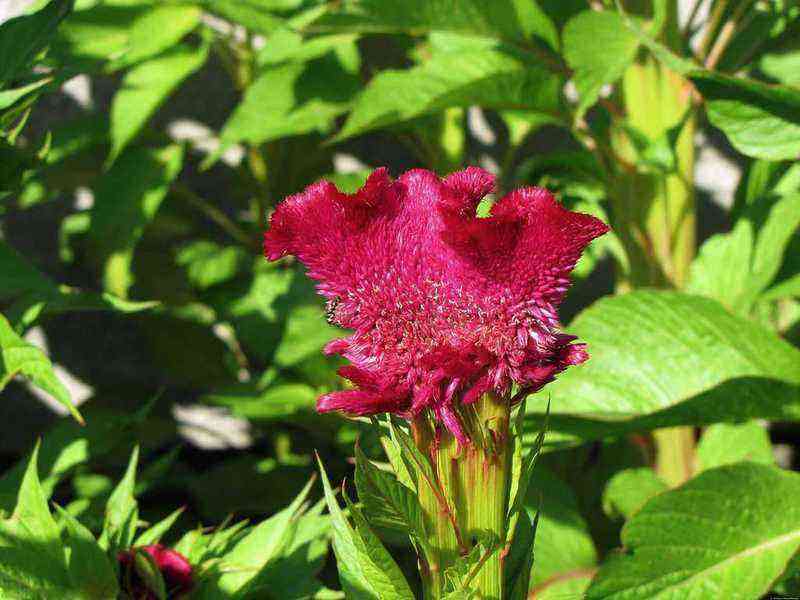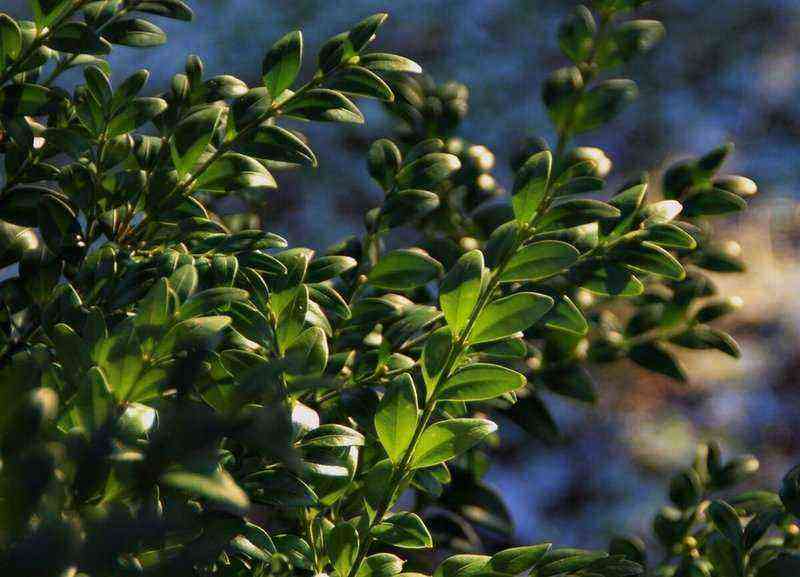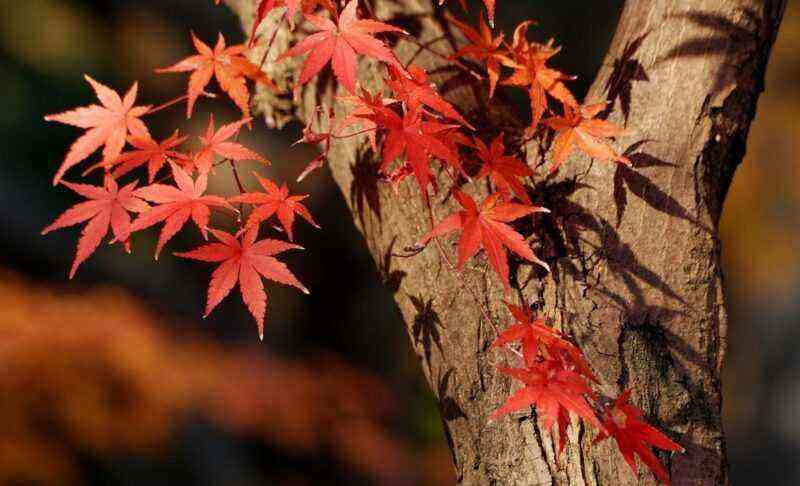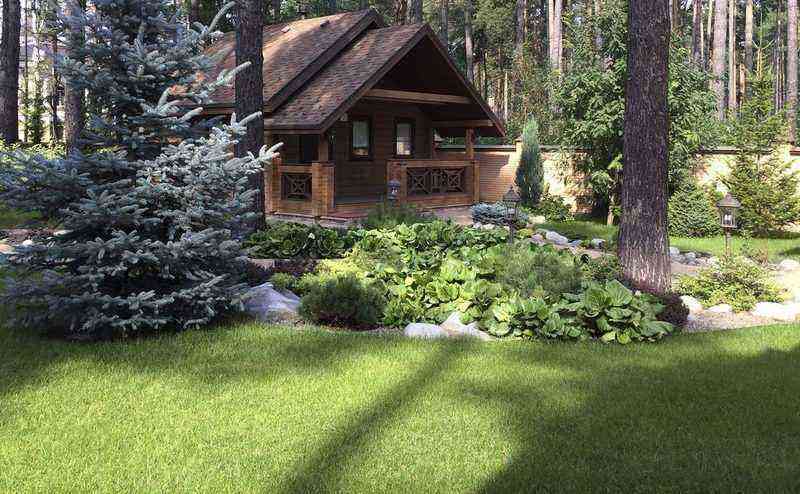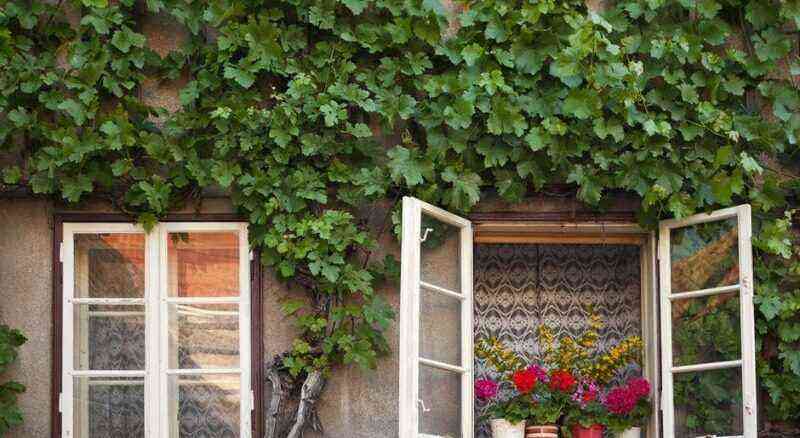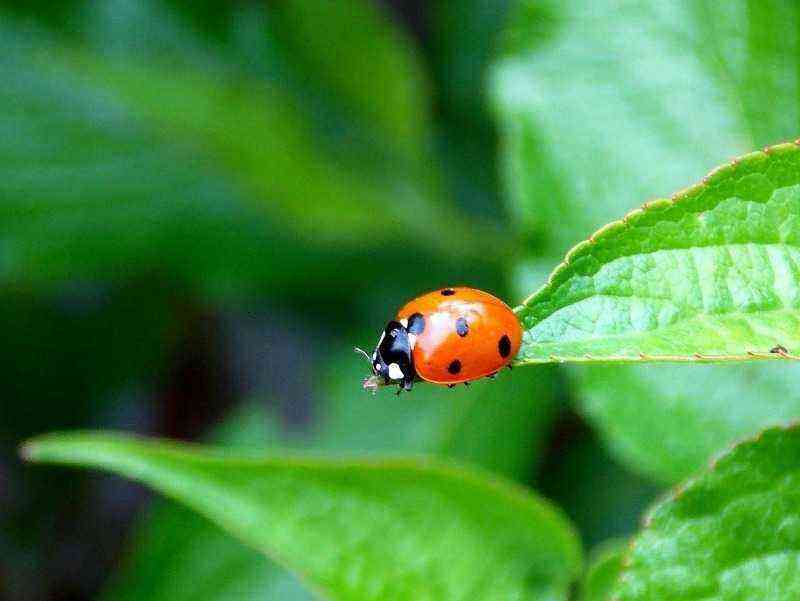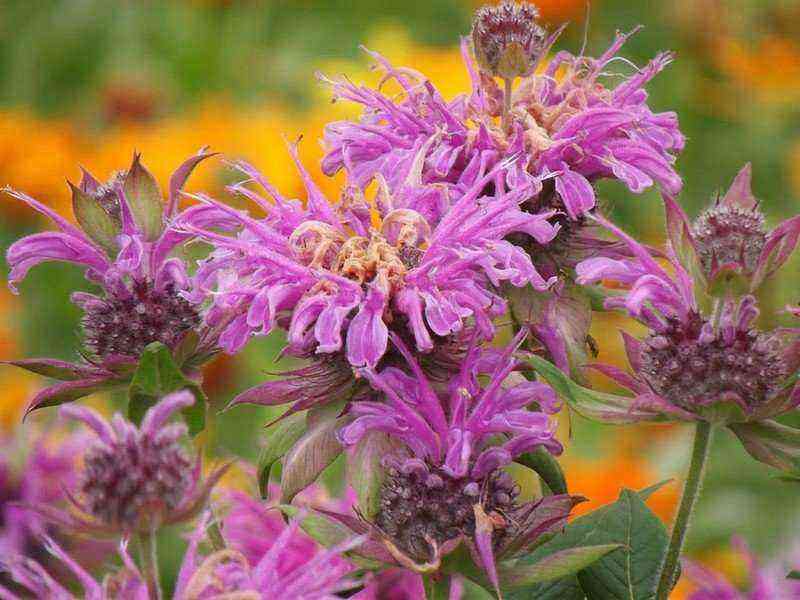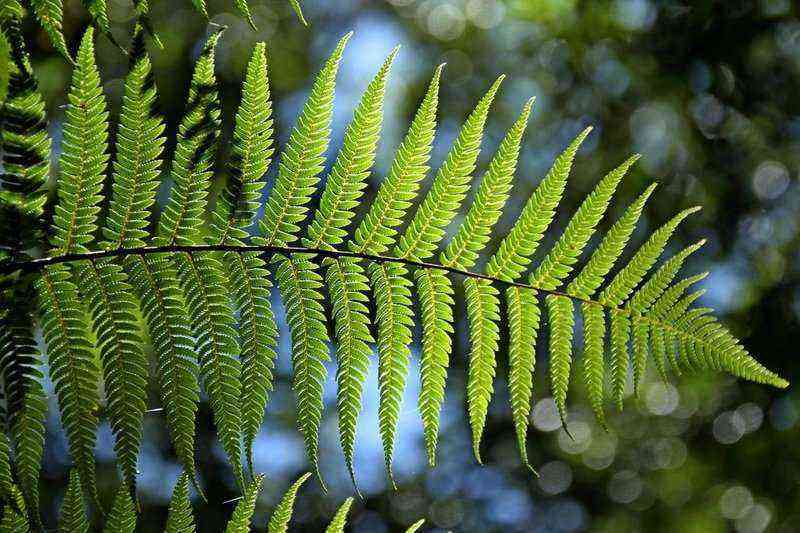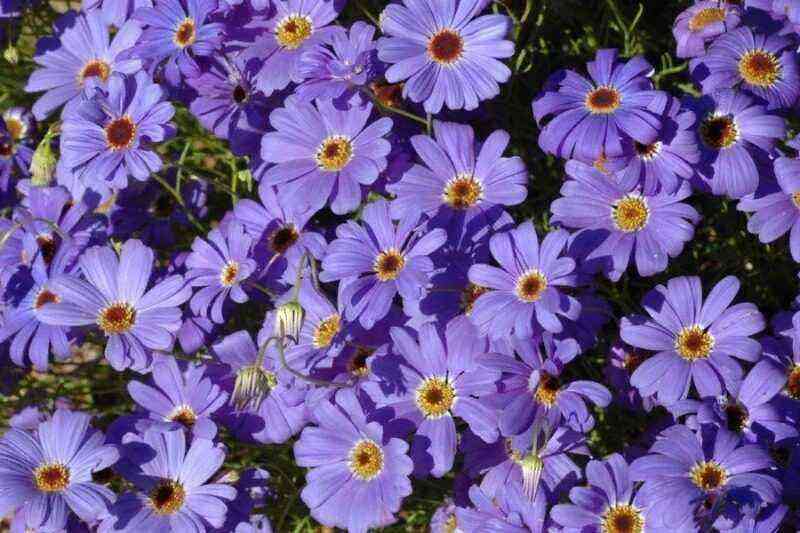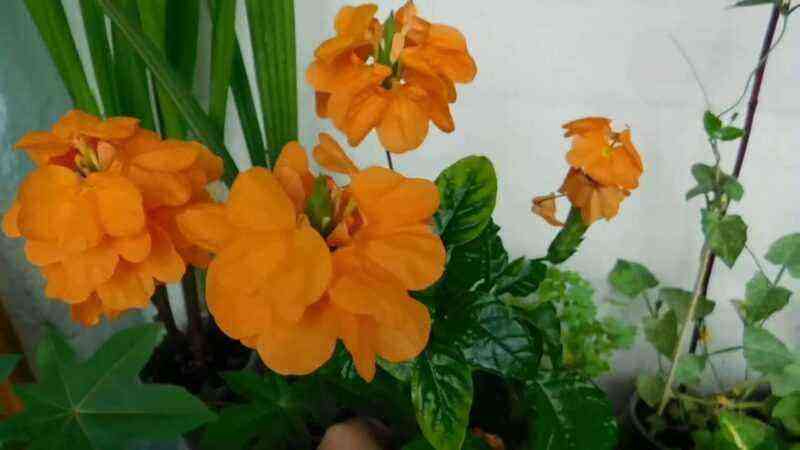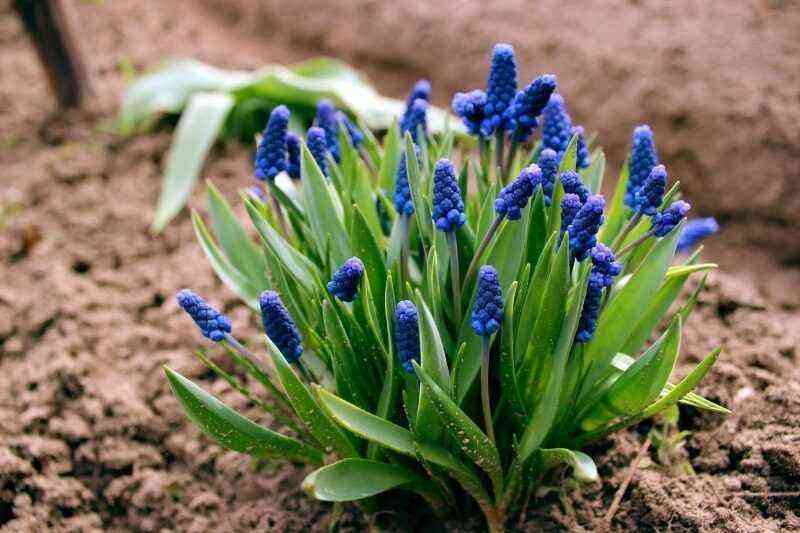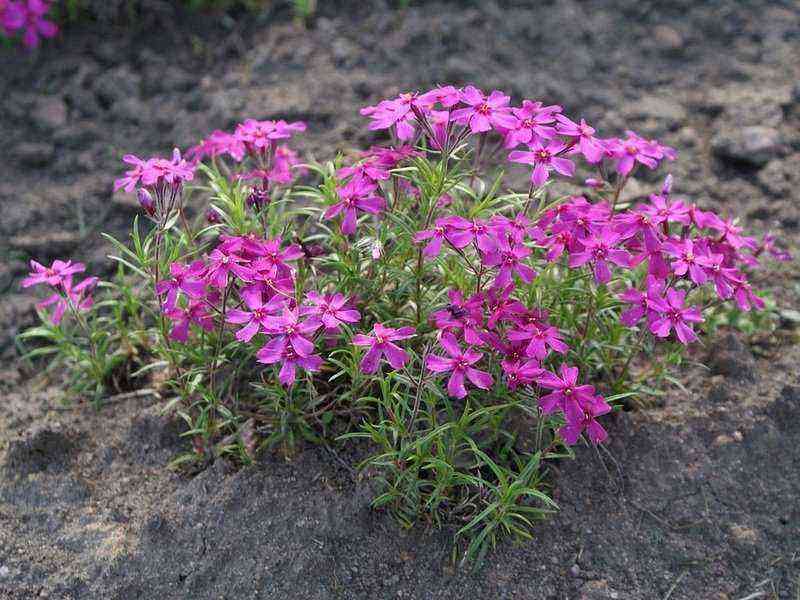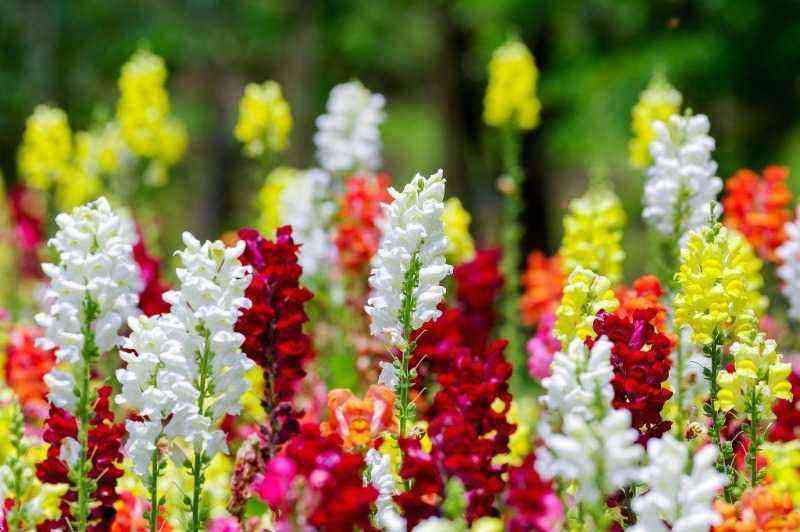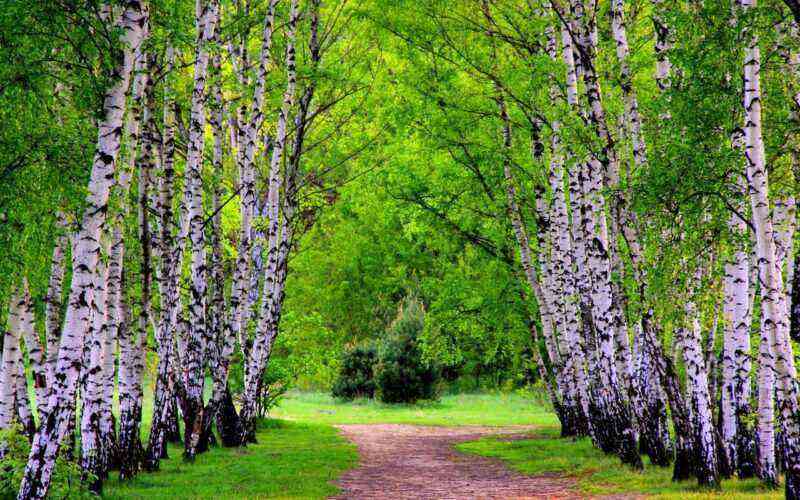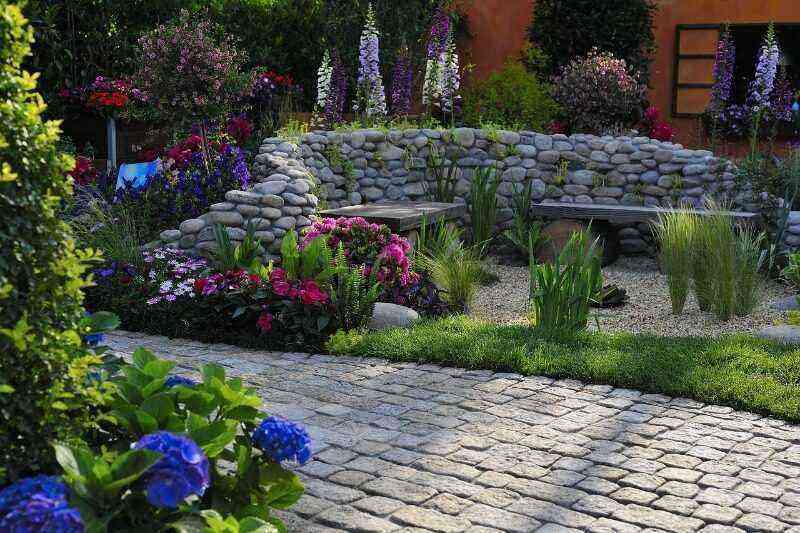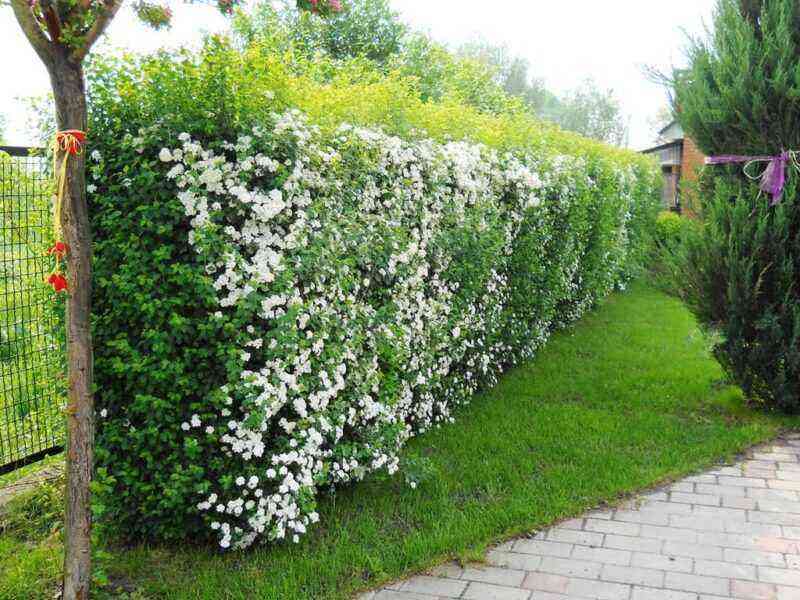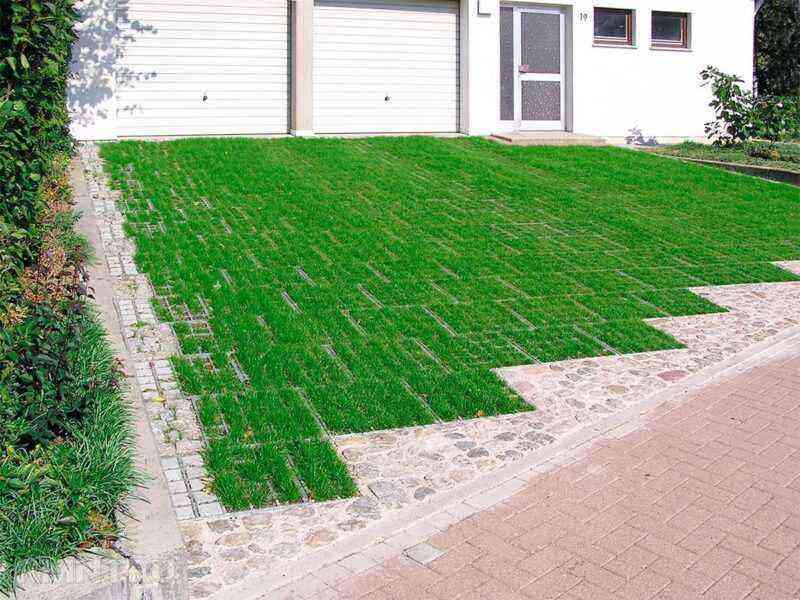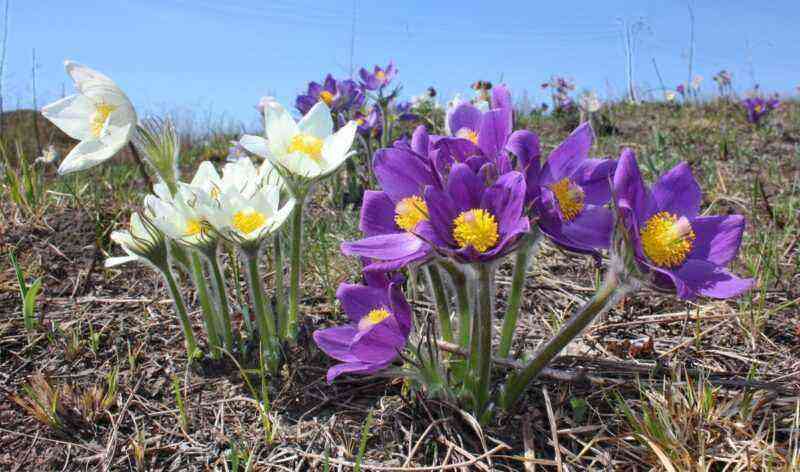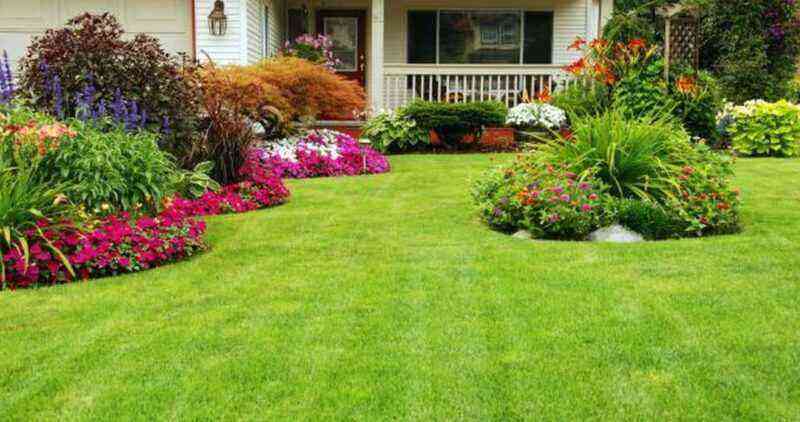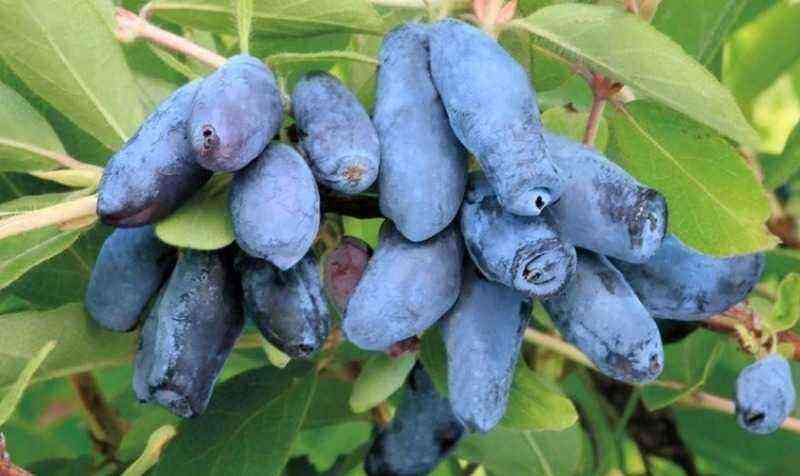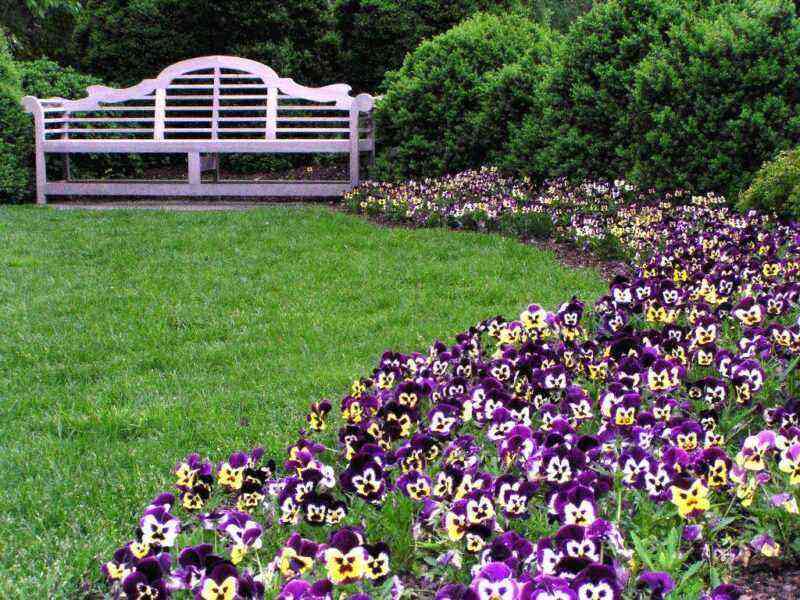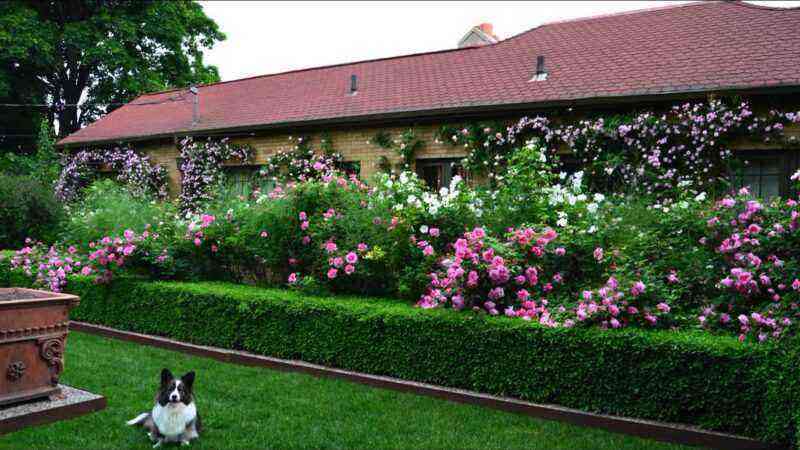The site can be located on uneven terrain, where there will be open dry places and marshy lowlands. To make the garden look well-groomed and cozy, you need to choose the right plants for different conditions. Here are the species that will thrive in damp areas.
Sparrow

A perennial herb native to Africa and America, now grows everywhere, in the forests of Europe, the Caucasus and Asia.
You can refine any unsightly area with a sparrow. It grows as a ground cover or in the form of low bushes, at the request of the gardener. Blooms all summer, with beautiful flowers in the form of bells, pink, purple and blue shades.
Loves fertile soil, sun and abundant watering. A lot of water is required by the Sparrow during the growth of the green mass and the setting of buds. Penumbra is also fine, as long as the soil is drained.
If you are planting it in a damp area, make grooves where excess moisture will drain. Before planting, place expanded clay in the pits so that the roots do not rot and the plant develops.
Purple willow
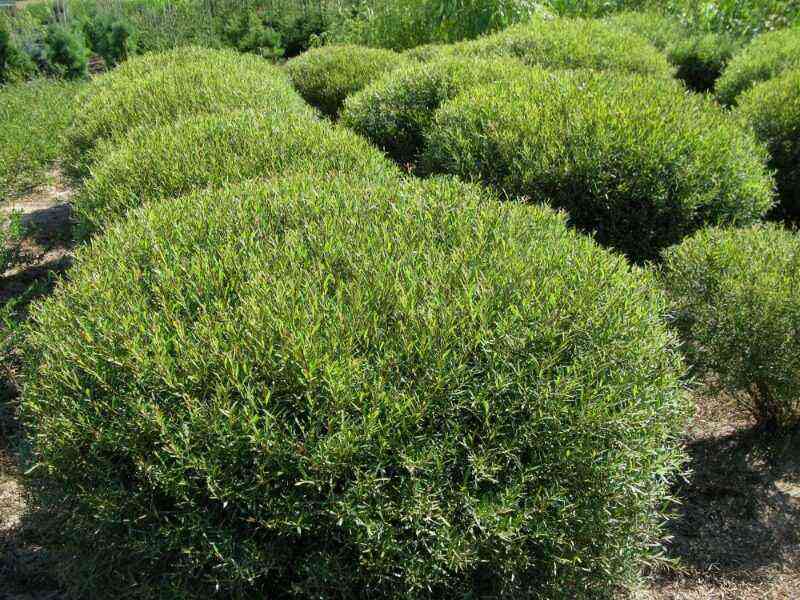
A willow variety that grows as a small bush up to 1 meter high and has the same structure as a large tree – thin flexible branches, a lush crown. This plant loves fertile and moist soils near rivers, ponds, swampy areas.
For purple willow to have a lush crown, plant it in full sun or light partial shade. Spring pruning is also necessary, which stimulates the growth of new shoots and gives the bush a beautiful spherical shape.
Purple willow varieties are used to decorate and strengthen the coastline of reservoirs and to drain wet places in areas.
Sitnik
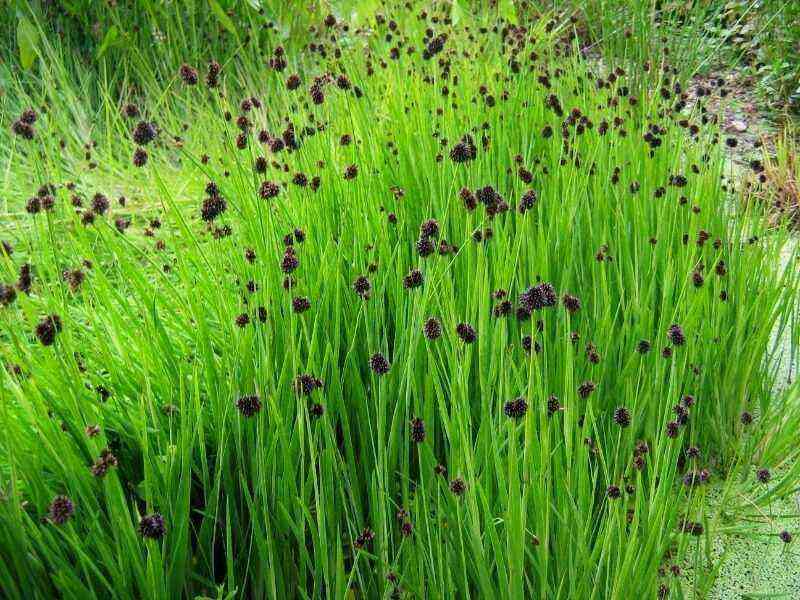
Grows in the northern hemisphere, in meadows, river banks and reservoirs in Europe, the Caucasus, Central Asia. Prefers moist marshy soils, places near ditches, ponds.
It is a bush of thin, long, upright leaves of medium green color. The plant is perennial, grows up to 120 cm, blooms in summer, inflorescences are not panicles like.
Rare plants are rarely planted, although it is well suited for compositions with other moisture-loving plants for landscaping damp areas in the garden. The most spectacular is the American species, which resembles an iris in the shape of its leaves.
Inflorescences are dark brown bolls, located right on the tops. Even in late autumn, when the leaves begin to dry out, they do not lose their charm.
The rump is decorated with decorative artificial reservoirs, planting it directly to the bottom. Looks good next to water lilies and marigold, plants with large and oval leaves.
Mannyk
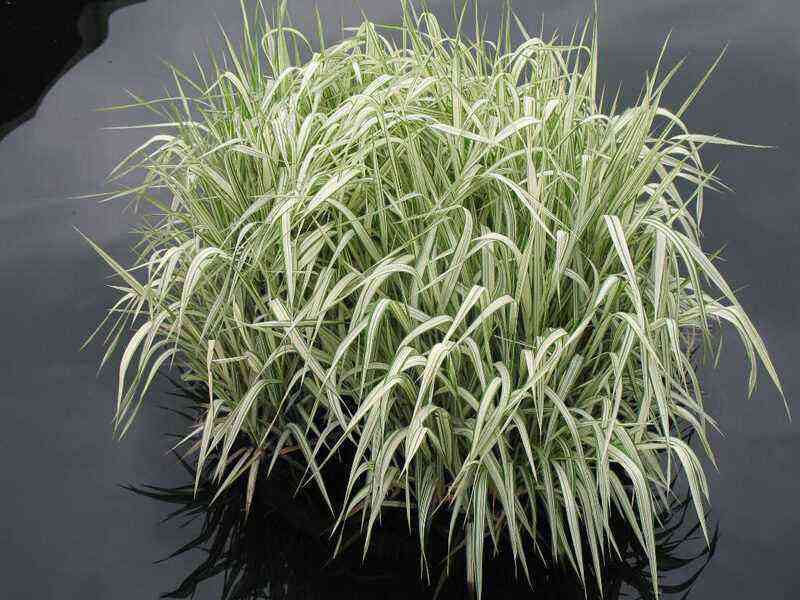
A perennial grass that grows equally well in dry and moist soils of temperate latitudes. It begins to bloom in July, with a spreading panicle of several spikelets. Long leaves strung on a stem, pale green with a pink tint.
It grows often. creating a dense soil cover, while simultaneously draining it for the development of other plants nearby. Ponds are also decorated with mannik, strengthening its edges. The root system of the plant is developed, the roots are thick, powerful. That is why it grows rapidly, sometimes suppressing the growth of others. If you need to quickly fill a damp area with greens – Mannik is best suited.
At the same time, it is unpretentious and does not need care, the main thing is to stop the boundaries of its growth in time.
Spirea Douglas
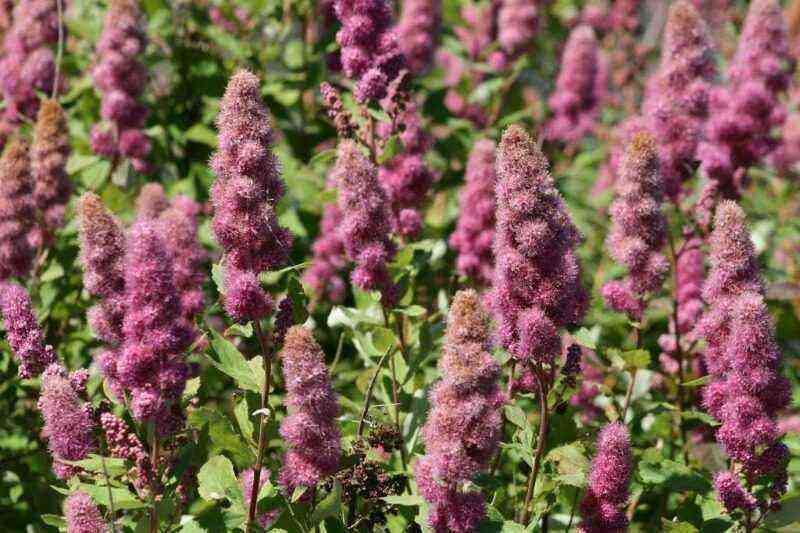
Belongs to the Pink family, they are a perennial upright shrub, up to one and a half meters high. It is found naturally in the swampy areas of North America.
It has beautiful elongated, slightly pubescent leaves that fall off in autumn, reddish-brown shoots and beautiful flowering. It blooms from May to September, with spectacular inflorescences, for which gardeners love it.
Spirea does not require special care, loves moist and fertile soils. To root cuttings, you need abundant watering and constant moisture. It tolerates winter and even severe frosts well.
When planting in wet areas, grooves are made where excess moisture flows. The place should be well lit and ventilated, then Spirea will develop rapidly and bloom profusely.
